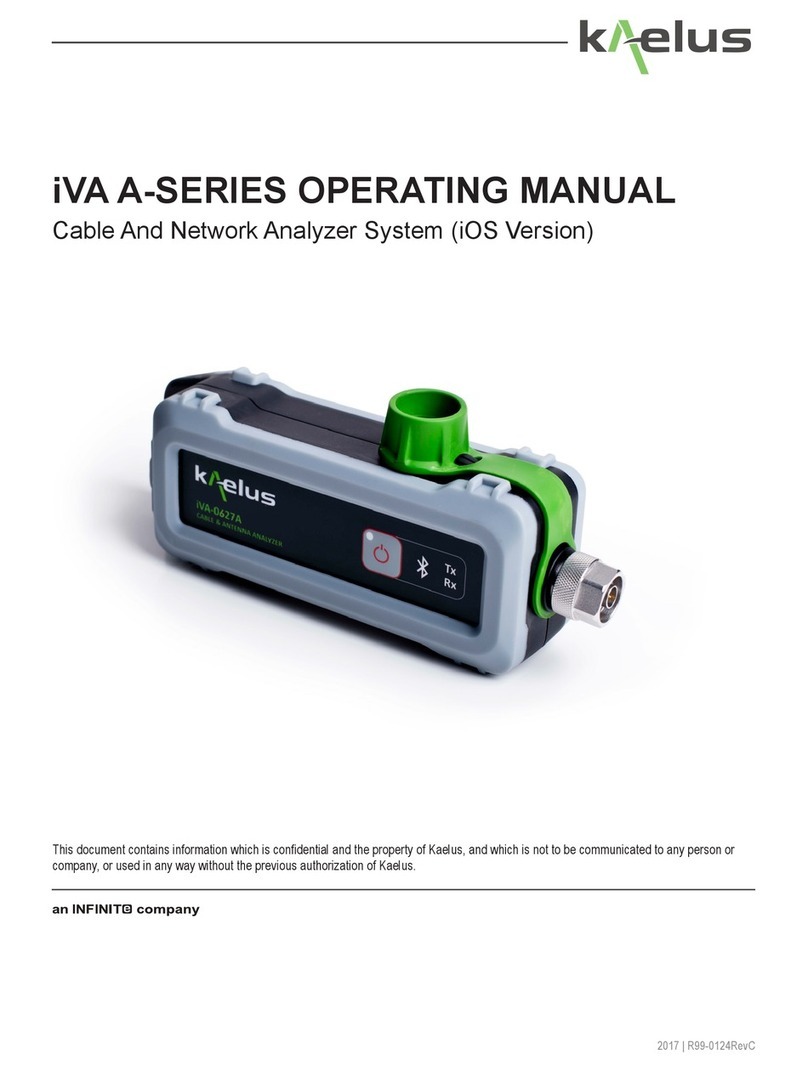
Operating and Maintenance Manual
--9 –
LIST OF FIGURES
Figure 1 Fuse Housing.............................................................................................................................................17
Figure 2 iBA –A........................................................................................................................................................19
Figure 3 iBA - B........................................................................................................................................................19
Figure 4 Typical System Label (sample only)..........................................................................................................21
Figure 5 PIM Server.................................................................................................................................................23
Figure 6 PIM Server Settings Menu.........................................................................................................................25
Figure 7 System Assembly ......................................................................................................................................30
Figure 8 Block Diagram for the A series passive IM Analyzer (4RU)......................................................................31
Figure 9 Block Diagram B Series Passive IM Analyser (6RU) ................................................................................31
Figure 10 Rear view.................................................................................................................................................33
Figure 11 Home screen............................................................................................................................................36
Figure 12 Virtual Front Panel (Time Mode)..............................................................................................................40
Figure 13 Trace pull down menu .............................................................................................................................41
Figure 14 Out of Band Indicator...............................................................................................................................41
Figure 15 Control indicator.......................................................................................................................................42
Figure 16 Settings Menu..........................................................................................................................................43
Figure 17 Bar graph display.....................................................................................................................................44
Figure 18 Zoom Swipe View....................................................................................................................................49
Figure 19 Zoom Expanded View..............................................................................................................................50
Figure 20 Mouse hover over result display..............................................................................................................51
Figure 21 Advanced control panel (top part)............................................................................................................52
Figure 22 Advanced control panel (middle part)......................................................................................................55
Figure 23 Advanced control panel (lower part)........................................................................................................57
Figure 24 Time Mode...............................................................................................................................................59
Figure 25 Frequency Swept Mode...........................................................................................................................60
Figure 26 Spectrum Mode........................................................................................................................................61
Figure 27 RTF (Range to fault) mode......................................................................................................................62
Figure 28 Browser Print ...........................................................................................................................................65
Figure 29 Rx Sweep settings, advance menu spectrum mode ...............................................................................70
Figure 30 RTF Advanced configuration menu.........................................................................................................72
Figure 31 Production Mode......................................................................................................................................74
Figure 32 Edit Steps menu (Time Mode).................................................................................................................77
Figure 33 Edit Steps menu (PIM Mode)...................................................................................................................80
Figure 34 Report settings menu...............................................................................................................................82
Figure 35 Standard Voltage Error Curve. ................................................................................................................85
Figure 36 Typical Test Connections for Measuring Cable Passive IM....................................................................89
Figure 37 Typical Diagram for evaluating Duplexer Passive IM..............................................................................91
Figure 38. Typical Connection Diagram for Evaluating Antenna Passive IM.........................................................92
Figure 39. Measuring High Forward IM Levels with the PIM Analyzer....................................................................93
Figure 40. Measuring the IM of a Power Combiner Using Individual CW Tones. ...................................................94
Figure 41 Reverse PIM............................................................................................................................................96
Figure 42 Forward PIM ............................................................................................................................................96
Figure 43 Turning on only one carrier....................................................................................................................102
Figure 44 RTF Module Option ...............................................................................................................................107
Figure 45 IBA Forward PIM option (6RU Chassis) B Series .................................................................................108
Figure 46 iBA A Series (Reverse PIM) Single port................................................................................................109
LIST OF TABLES
Table 1. Stimulus Response Indicators ...................................................................................................................46
Table 2. Default Frequency, Power and Mode. .......................................................................................................63
Table 3. Key Measurement Uncertainty Values for 10, 20, and 30 dB-Down Error Sources..................................85































